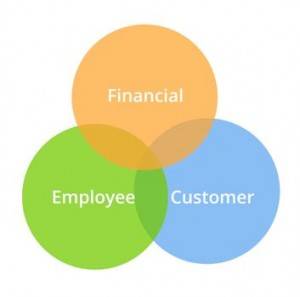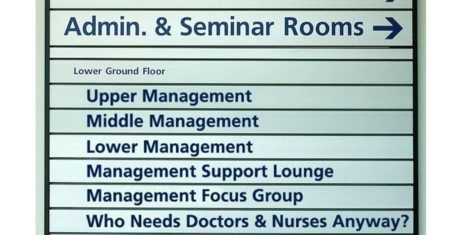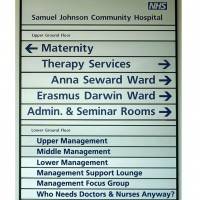March 2, 2016
Employers’ attraction and retention rates rise with flexible working offer 0
 Although a quarter of UK workers now regularly work out of the office, there is a still a significant number (39 percent) who don’t know they have the right to request flexible working. Yet according to new research from UC EXPO, conducted amongst 1,000 UK office workers, job roles offering flexible working are more likely to attract a better candidate, with 82 percent of workers saying they would be more likely to take a job that offered flexible working benefits. An additional 71 percent said that the offer of flexible working would help businesses to attract a greater international talent pool. The research finds that the benefits of flexible working are more widely recognised than a year ago, with a fifth (22 percent) of those surveyed having worked at home or remotely more throughout 2015 than in 2014. Productivity concerns around employees working from home is decreasing, with over two-thirds (67 percent) believing that productivity levels either increase or stay the same when they work remotely.
Although a quarter of UK workers now regularly work out of the office, there is a still a significant number (39 percent) who don’t know they have the right to request flexible working. Yet according to new research from UC EXPO, conducted amongst 1,000 UK office workers, job roles offering flexible working are more likely to attract a better candidate, with 82 percent of workers saying they would be more likely to take a job that offered flexible working benefits. An additional 71 percent said that the offer of flexible working would help businesses to attract a greater international talent pool. The research finds that the benefits of flexible working are more widely recognised than a year ago, with a fifth (22 percent) of those surveyed having worked at home or remotely more throughout 2015 than in 2014. Productivity concerns around employees working from home is decreasing, with over two-thirds (67 percent) believing that productivity levels either increase or stay the same when they work remotely.







































February 24, 2016
Too much choice at work just leads to paralysis by confusion 0
by Leeson Medhurst • Comment, Facilities management, Workplace design
More →